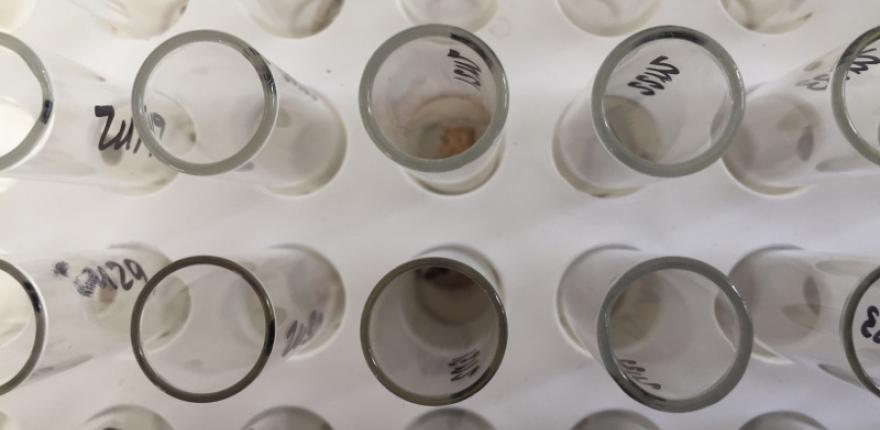For contact information please consult the individual laboratory pages

Department of Archaeology

The Archaeological Science Laboratories at the University of Cambridge offer state-of-the-art resources for the integrated analytical study of inorganic and organic materials to reconstruct landscapes, technology, mobility, domestication, diet and cultural transmission, and the use of computational methods to model and analyse data at all scales. Across 450 m2 of laboratory space we run facilities for preparation and analysis of archaeological materials for macro- and microstructural examination (2D and 3D), chemical and isotopic composition, ancient DNA and protein extraction, as well as high-performance computing.
Cambridge archaeological science has undergone a massive boost in recent years with substantial investments in laboratory developments as well as the appointment of new academic and technical staff. This is reflected in the activities of the Science, Technology and Innovation Research Group, as well as in the new MPhil in Archaeological Science. The materials we study include human and animal bone and tissue, soils, plants, seeds and starch, metals and metallurgical remains, ceramics, lithics, pigments, amber, and parchment, from archaeological excavations and museums across the world. Our expertise ranges from advanced imaging, computation and bioinformatics through optical and scanning electron microscopy and microanalysis, and up to mass spectrometry, proteomics and genomics.
We aim to lead in method developments as well as in the application of established technologies, pushing technical frontiers while exploring low-cost, less-invasive alternatives, promoting open source software, data sharing and reproducibility.
A hallmark of our research and training provision is the integration among the various scientific subdisciplines, while remaining well-grounded in archaeological theory and questions. A large number of our research projects engage several archaeological laboratories as well as collaborations with laboratories in neighbouring departments including Geography, Earth Sciences, Materials Science & Metallurgy, Biochemistry, and the Fitzwilliam Museum. Beyond Cambridge, our research uses the synchrotron facilities at the ISIS Neutron and Muon Source and the Genomics and Proteomics facility at the University of Copenhagen, to name two examples.
The individual laboratory pages offer more detail of some of the resources available. If you cannot find what you are looking for, please get in touch. Our network of scientific activities is larger than covered here, and we are always happy to discuss new ventures.